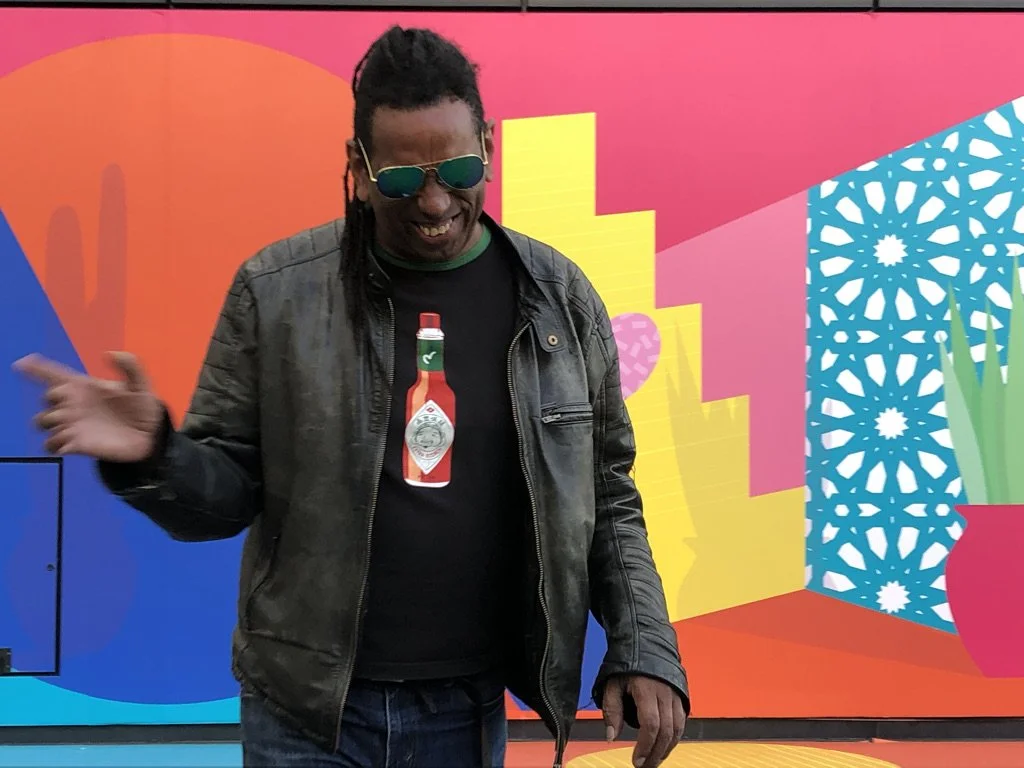‘Civilization: The Way We Live Now’ at the Saatchi Gallery Review
Civilization: The Way We Live Now: An insightful exploration of global perspectives through photography.
Image: Lauren Greenfield, High school seniors (from left) Lili, 17, Nicole, 18, Lauren, 18, Luna, 18, and Sam, 17, put on their makeup in front of a two-way mirror for Lauren Greenfield's Beauty CULTure documentary, Los Angeles, 2011, from the "GENERATION WEALTH" project © Lauren Greenfield
Civilization: The Way We Live Now is a major exhibition at the Saatchi Gallery. It features an impressive collection of over 350 original prints by 150 internationally acclaimed photographers, taking visitors on a global journey, delving into our shared experiences of city life, and raising essential questions about the components that shape our contemporary "civilization" today. Through their images, you will be prompted to pause and reflect on your lives and the world around you. They highlight the impact of science and technology, which can enhance life for humanity but also poses risks to other living beings. The photographs capture the duality of progress, capable of both creating utopian and dystopian scenarios.
Curated by the esteemed William A. Ewing and Holly Roussell, the exhibition has toured museums across Korea, China, Australia, New Zealand, France, and Italy. For its London edition, the exhibition presents an exclusive selection of new works, whilst showcasing an exceptional blend of seasoned photographers and emerging talents, coming together from across continents to present a remarkable global perspective.
“The exhibition is an illuminating exploration of the impacts of globalisation, drawing us closer together while simultaneously unearthing the intricate web of complexities, conflicts, and disparities that ensue.”
Olaf Otto Becker, Point 660, 2, 08/2008 67°09’04’’N, 50°01’58’’W, Altitude 360M, from the series Above Zero, 2008 © Olaf Otto Becker
From Olaf Otta Becker's depictions of the lasting impact of overpopulation on nature, Benny Lam's eye-opening portrayal of cramped Hong Kong apartments, to Xing Danwen's exploration of the consequences of electronic trash recycling on communities in China and Lauren Greenfield’s poignant documentation of our worldwide fixation on wealth and materialism, these photographers have crafted powerful images that delve deep into the very fabric of our existence.
Civilization: The Way We Live Now is presented through eight thematic sections: Hive, Alone Together, Flow, Persuasion, Control, Rupture, Escape, and Next. These themes, as noted by curator Ewing, encapsulate the prevalent concerns of many esteemed photographers today. Hive invites you to contemplate the concept of urban environments, a fundamental element of all civilizations. Philippe Chancel's striking aerial photograph of Dubai's Burj Khalifa, taken during its construction in 2008, stands as an iconic representation of the city's rapid architectural transformation. This inspiring structure, among others, showcases our collective obsession with constructing the tallest buildings, often at the cost of a significantly higher carbon footprint. The caption accompanying the image prophetically questions how long it will remain to be the world's tallest building, hinting at the fleeting nature of such achievements due to this obsessive trend for more.
Image: Cyril Porchet, Untitled from the series Crowd, 2014 © Cyril Porchet
Alone Together, borrowing from John Donne's famous quote, “no man is an island”, explores the dynamics of social relationships and the internal struggle between our yearning for individuality and the societal pressure to conform in a world where we live collectively as, captured in Cyril Porchet's compelling photograph. Flow delves into changes in our living conditions through the movement of people, goods, and ideas. Persuasion exposes the tactics employed to shape our behaviours, be it through advertising, propaganda, or political means. Control examines the exertion of institutional power and its impact on our lives.
Image: Reiner Riedler, Wild River, Florida, from the series Fake Holidays, 2005 © Reiner Riedler
The exhibition feels like an emotional roller coaster in the concluding sections. In the Rupture section, you will find Francesco Zizola's troubling image of an overcrowded rubber dinghy approached by the MSF Bourbon Argos search and rescue ship off the Libyan coast. These poignant visuals highlight a societal breakdown and conflicts. Contrasting this turmoil, Reiner Riedler's photographs capture families enjoying carefree holidays and Simon Roberts' image of the Annual Eton College Procession of Boats exudes a sense of tranquillity, offering a respite from the destruction and conflict in Rupture.
In the final section, Next, Michael Najjar’s Orbital Ascent, featuring the historic launch at the Guiana Space Centre, depicts the European spaceport near Kourou in French Guiana. Exploring the current climate in our 21st century world and bringing into question what is next for our world?
Image: Michael Najjar, orbital ascent, 2016 from the series outer space © Michael Najjar
The exhibition is an illuminating exploration of the impacts of globalisation, drawing us closer together while simultaneously unearthing the intricate web of complexities, conflicts, and disparities that ensue. The photography presented is at times beautiful, yet it also provokes unsettling emotions, and prompts deep contemplation. It sheds a piercing light on the privileges enjoyed by some and the struggles faced by others. While certain images are troubling, they serve as crucial reflections on our lifestyles and the state of the world we inhabit. Click here for a visual preview.
Location: Saatchi Gallery, Duke of York's HQ, King's Rd, Chelsea, London SW3 4RY. Date: 2 June – 17 September 2023. Price: from £16. Concessions available. Book now.
Words by Maawura Totoe





























